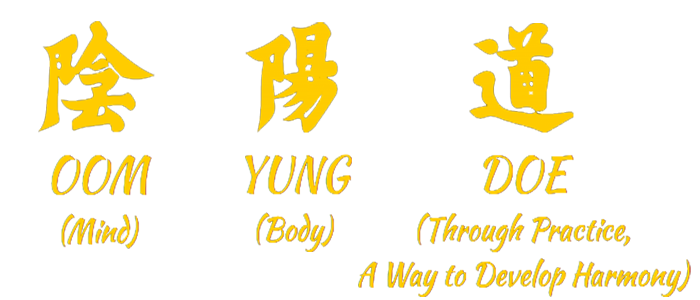Aikido and Hapkido: The Art of Control Without Collision
- scottmcnabb777
- Oct 16
- 3 min read

In Oom Yung Doe, Aikido and Hapkido teach one of the most refined forms of power, the ability to control force without meeting it head-on. Rather than blocking or striking, you move with an attack, redirecting it until balance returns to you, not your opponent.
It’s calm, circular, and precise. And the more you study it, the more you realize that real strength doesn’t come from overpowering others, it comes from mastering yourself.
Strengthening the Tendons, Ligaments, and Joints
Aikido and Hapkido training develops the body differently than most other martial arts. While many styles emphasize muscle strength, these arts strengthen the connective tissues - the tendons, ligaments, and joints that support every motion you make.
Each circular movement, twist, and lock stretches and strengthens these deeper structures of the body. Over time, this training:
Increases joint mobility and flexibility without strain
Builds subtle strength that supports muscles and bones
Reduces the risk of injury by improving balance and alignment
Promotes long-term stability and resilience
You begin to feel the difference in everyday movement - lighter steps, stronger grip, and more coordinated motion. The body becomes less rigid, more adaptable, and far more durable.
This is one of the reasons Aikido and Hapkido practitioners often stay agile and pain-free well into later life. They aren’t just building strength; they’re building durability.
Control Without Harm
One of the most remarkable aspects of Aikido and Hapkido is their approach to self-defense. Instead of meeting aggression with aggression, you learn to neutralize it. Using joint locks, redirection, and timing, you can take control of an attacker without causing permanent damage.
You learn to guide their energy off balance and to stop the attack without escalating the situation.
This is real-world self-defense at its highest level:
You stay calm while others lose control.
You protect yourself and those around you.
You resolve conflict without adding to it.
That’s why these arts are often called “the way of harmony.” They train you to end confrontation through control, not destruction.
Calm Under Pressure
Because Aikido and Hapkido emphasize timing and awareness, they naturally train mental composure. The same calm that lets you redirect a strike also helps you think clearly under stress.
Over time, you stop reacting out of fear or tension. You start responding from a place of balance and awareness. This mindset extends beyond the training floor - into work, family, and everyday challenges.
The Subtle Power of Softness
Many people mistake softness for weakness. In reality, Aikido and Hapkido reveal that softness, when trained correctly, is a form of immense power.
When your body is relaxed, energy flows freely. Movements become faster and more efficient. You can redirect force with a turn of your wrist or a shift of your weight. That is the power of true control.
A Complete Path of Growth
At Oom Yung Doe in Kirkland and Northgate, Aikido and Hapkido are taught as part of the eight complete styles that make up our Traditional Martial Arts system. The training builds both strength and sensitivity, the balance of hard and soft that leads to real mastery.
Students learn not only how to protect themselves, but how to maintain long-term health through mindful, efficient movement. The same techniques that can stop an attacker can also help you move through life with less pain, better posture, and greater awareness.
Aikido and Hapkido teach that you don’t have to meet conflict with force. You can stay calm, stay grounded, and still maintain complete control. That’s not just a martial skill, it’s a life skill.





Comments